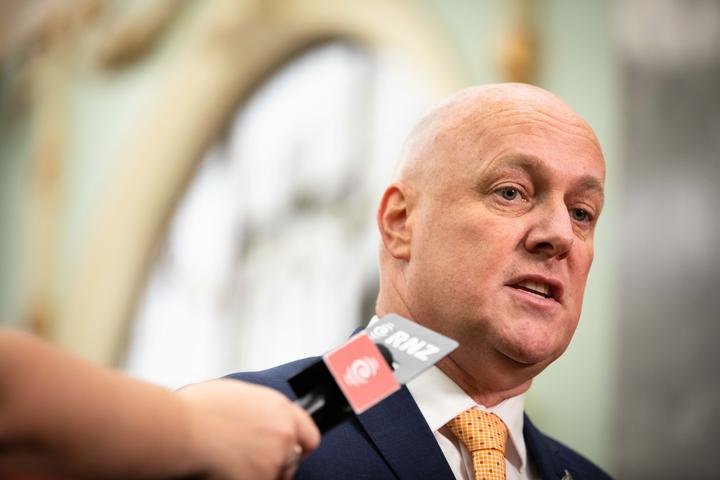Hector’s Dolphin Safeguards In Snapper Research
Safeguards For Hector’s Dolphin In Snapper Research
Fisheries Minister Pete Hodgson says extreme care will be taken to avoid the rare North Island Hector’s dolphin during the second phase of a snapper tagging research programme currently taking place on the west coast of the North Island.
There may only be around 100 remaining North Island Hector’s dolphin, which is classified as a critically endangered species.
The snapper tagging programme is being carried out by NIWA under contract to the Ministry of Fisheries, using commercial fishing trawlers. NIWA scientific staff will be tagging and releasing snapper for research to provide the Minister of Fisheries with a more precise estimate of the amount of snapper in the SNA8 management area, which extends from North Cape to near Wellington.
“Because Hector’s dolphin can be difficult to see on the surface amongst the waves, skilled research observers who are experienced in spotting them from smaller boats will be keeping an active lookout from the pair trawlers during the tagging programme,” Mr Hodgson said.
The observers, from the Department of Conservation or the University of Auckland, will be on the trawlers operating within the known range of North Island Hector’s dolphin – within 4 nautical miles (about 8 km) of the shore, from Maunganui Bluff (near Dargaville) to an area north of New Plymouth.
“If any Hector’s dolphin are sighted, the trawl tow will not be completed, the net will be carefully retrieved, and the next tow must be at least two nautical miles away,” Mr Hodgson said.
No Hector’s dolphin were seen by NIWA scientific staff on the trawlers during the first phase of the research programme, completed in mid February, which tagged around 7,000 snapper. Around 15,000 snapper should be tagged in the second phase, from early to mid March.
Some research trawls in the second phase will again be in relatively shallow water within the 1-2 nautical mile areas that are closed to normal commercial trawling. The trawlers have a special permit to fish inside the closed areas and the trawls are much briefer than normal fishing trawls, normally taking only 10 to 20 minutes.
“Tagging in the closed areas will ensure that the research covers most of the overall stock area. Pair trawlers are used because they are more effective at catching snapper on the west coast, compared to other methods such as single trawling or longlining,” Pete Hodgson said.
Ends


 Gordon Campbell: On The Coalition’s Awful, Not Good, Very Bad Poll Results
Gordon Campbell: On The Coalition’s Awful, Not Good, Very Bad Poll Results Government: Streamlining Building Consent Changes
Government: Streamlining Building Consent Changes Koi Tu - The Centre for Informed Futures: If Not Journalists, Then Who?
Koi Tu - The Centre for Informed Futures: If Not Journalists, Then Who? FIRST Union: May Day, The Biggest Threat To NZ Workers In 2024 Is Our Government
FIRST Union: May Day, The Biggest Threat To NZ Workers In 2024 Is Our Government Green Party: New Unemployment Figures Paint Bleak Picture
Green Party: New Unemployment Figures Paint Bleak Picture  Labour Party: National Should Heed Tribunal Warning And Scrap Coalition Commitment With ACT
Labour Party: National Should Heed Tribunal Warning And Scrap Coalition Commitment With ACT Government: Saves Access To Medicines
Government: Saves Access To Medicines


